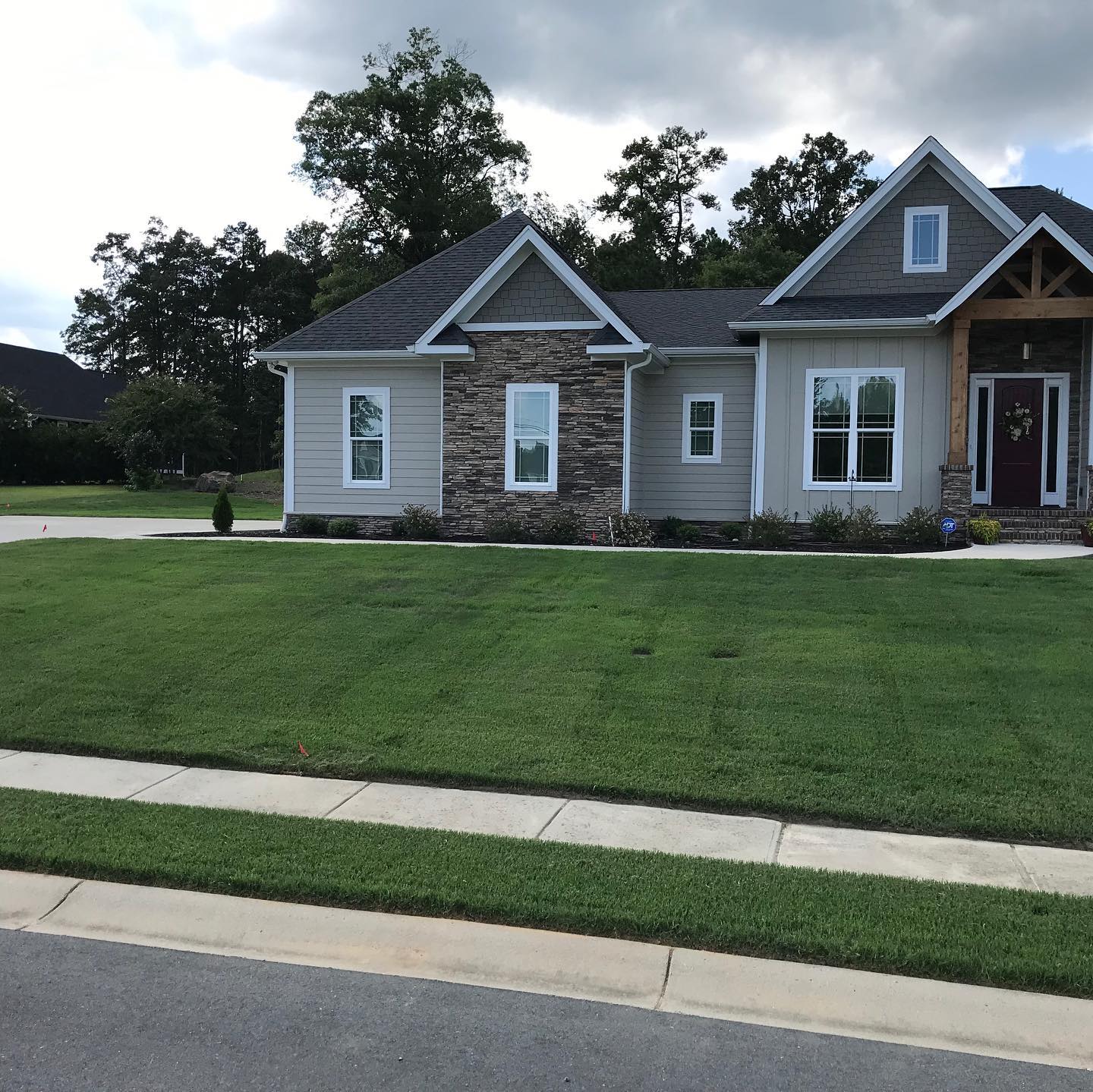
Designing Your Landscape with Native Plants: A Guide to Local Beauty Oct 05, 2025
Start by considering the ecological advantages of native plants. These plants are acclimated to the local climate and soil, making them more resilient and easier to maintain. By choosing plants native to your area, you reduce the need for additional watering and chemical fertilizers, ultimately saving you time and resources. Additionally, native plants support local wildlife, such as pollinators and birds, creating a vibrant and dynamic environment within your garden.
Understanding your garden's unique conditions is the first step in selecting appropriate native plants. Consider factors such as sunlight, soil type, and moisture level. Grandview Lawn Care can assist you in conducting a site analysis to identify these key elements. Different native plants have different requirements, and matching them with the right conditions is vital to your landscape’s success. For instance, coneflowers thrive in sunny spots, while ferns prefer shade. By paying attention to these details, you can ensure that your plants flourish.
Integrating native plants into your landscape design can be both functional and aesthetically pleasing. Native plants offer a variety of colors, textures, and forms, which can be designed to suit any style, from modern to cottage gardens. Grouping plants that bloom at different times of the year ensures continual interest and beauty throughout all seasons. For example, consider incorporating early-blooming wild columbine for spring color and milkweed for summer. Blue asters and goldenrods can provide autumnal hues, drawing in late-season pollinators.
Beyond beauty, using native plants can contribute to sustainable landscaping practices that benefit both the environment and your budget. These plants typically require less water once established, reducing water usage considerably. Moreover, native species are naturally resistant to local pests and diseases, decreasing the need for pesticides and other chemical treatments. This not only reduces maintenance efforts but also contributes positively to the environment by maintaining healthy air and soil.
Incorporating native plants is also an opportunity to celebrate local biodiversity. By supporting your local ecosystem, you create a welcoming habitat for a variety of creatures. This adds a unique dynamic to your landscape, as you observe butterflies, bees, and birds interacting with your garden. For homeowners who wish to contribute to preserving biodiversity, this is a tangible way to see positive results.
As you design your landscape, remember that choosing native plants doesn’t mean limiting your options. In fact, it can inspire creativity and engage you with the natural world. Grandview Lawn Care is here to help you navigate these choices, offering expert guidance to ensure your landscape is as sustainable as it is beautiful.
In conclusion, when you design with native plants, you do more than beautify your surroundings; you connect with and support your local environment. This harmonious approach provides benefits for you, your garden, and the planet. Begin your journey towards a sustainable, beautiful garden today, and enjoy the myriad benefits of native landscaping. Experience the local beauty of native plants with Grandview Lawn Care by your side, ensuring a thriving and vibrant landscape.